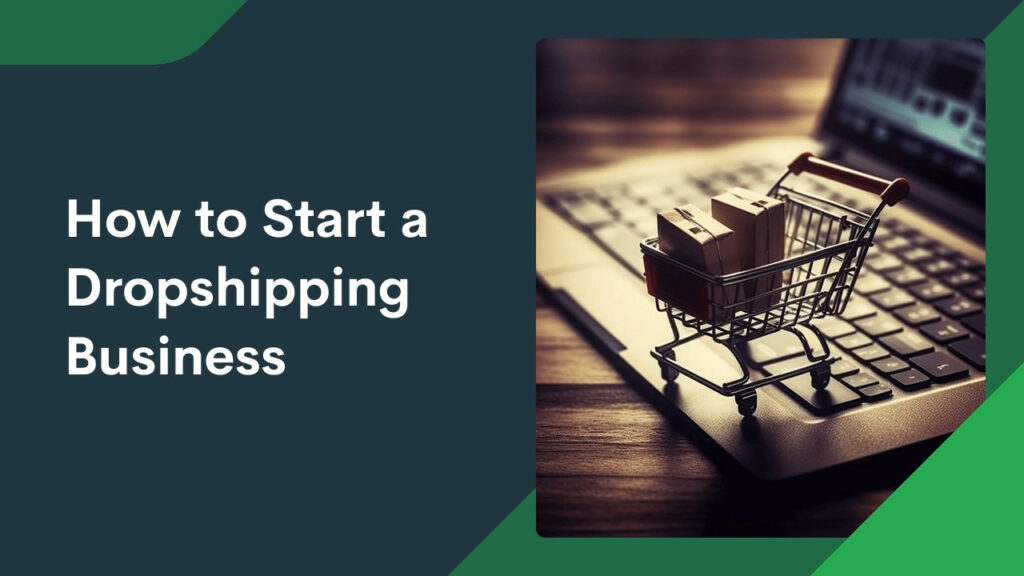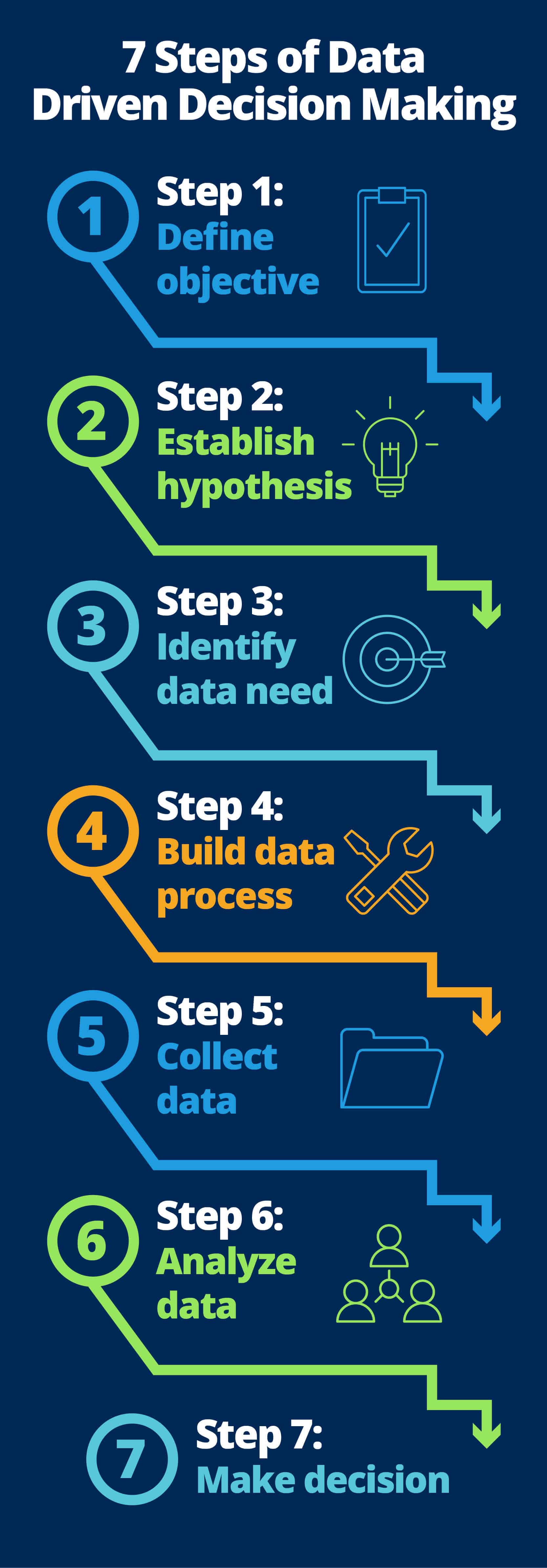Turning Your Passion into a Profitable Venture
Starting an online store with little to no initial investment is a daunting task, but with the right mindset and strategy, it can be a lucrative venture. The e-commerce industry has experienced unprecedented growth in recent years, and the trend is expected to continue. With the rise of digital platforms and online marketplaces, entrepreneurs can now reach a global audience with minimal upfront costs. However, success in the e-commerce space requires careful planning, execution, and a deep understanding of the market.
Entrepreneurship offers numerous benefits, including the freedom to pursue your passion, unlimited earning potential, and the opportunity to create a lasting impact. However, it also comes with its own set of challenges, such as intense competition, market volatility, and the need for continuous innovation. To succeed in the e-commerce industry, you need to be adaptable, resilient, and willing to learn from your mistakes. By following the right strategies and staying focused on your goals, you can turn your passion into a profitable venture and achieve long-term success.
For those looking to start an online store with no money, the key is to identify a profitable niche and create a solid business plan. This involves researching your target audience, analyzing market trends, and validating your business idea. By doing so, you can increase your chances of success and build a thriving online business from scratch. In the next section, we will explore the importance of selecting a profitable niche and provide tips on how to research and validate your business idea.
Identifying Your Niche: Finding a Profitable Market
Selecting a profitable niche is a crucial step in building a successful online store. A niche is a specific area of the market that your business can cater to, and it’s essential to choose one that has a demand for products and is not overly competitive. When starting an online store with no money, it’s vital to identify a niche that has a low barrier to entry and can generate revenue quickly.
To find a profitable niche, you need to conduct market research and analyze consumer trends. You can use online tools such as Google Trends, Amazon Best Sellers, and social media platforms to identify popular products and trends. Additionally, you can use tools like SEMrush and Ahrefs to analyze your competitors and identify gaps in the market.
Once you have identified a potential niche, it’s essential to validate it by researching your target audience and analyzing market trends. You can use online surveys, social media groups, and forums to gather information about your target audience and their needs. By validating your niche, you can ensure that there is a demand for your products and that you can generate revenue.
Some popular niches for online stores include fashion, electronics, home goods, and health and wellness. However, it’s essential to choose a niche that you are passionate about and have expertise in. By doing so, you can create a unique value proposition and differentiate your business from competitors.
When selecting a niche, it’s also essential to consider the competition and the potential for growth. You can use tools like Google Keyword Planner to analyze the competition and identify opportunities for growth. By choosing a niche with low competition and high growth potential, you can increase your chances of success and build a thriving online business.
Setting Up Shop: Choosing the Right E-commerce Platform
When it comes to setting up an online store, choosing the right e-commerce platform is crucial for success. With so many options available, it can be overwhelming to decide which one to use. In this section, we will discuss the various e-commerce platforms available, including Shopify, WooCommerce, and BigCommerce, and provide guidance on how to choose the best one for your business.
Shopify is one of the most popular e-commerce platforms available, with over 1 million active users. It offers a user-friendly interface, a wide range of customizable templates, and a vast app store with integrations with third-party services. Shopify also offers a 14-day free trial, making it easy to test the platform before committing to a paid plan.
WooCommerce, on the other hand, is a popular e-commerce plugin for WordPress. It offers a high degree of customization and flexibility, making it a great option for businesses with complex product offerings. WooCommerce also has a large community of developers and users, making it easy to find support and resources.
BigCommerce is another popular e-commerce platform that offers a range of features and tools to help businesses succeed. It offers a user-friendly interface, a wide range of customizable templates, and a built-in blog feature. BigCommerce also offers a 15-day free trial, making it easy to test the platform before committing to a paid plan.
When choosing an e-commerce platform, it’s essential to consider your business needs and goals. If you’re just starting out, Shopify or BigCommerce may be a good option, as they offer a user-friendly interface and a range of features and tools to help you get started. If you have a complex product offering or need a high degree of customization, WooCommerce may be a better option.
Ultimately, the key to success with an e-commerce platform is to choose one that aligns with your business needs and goals. By doing so, you can create a professional-looking online store that attracts and retains customers, and helps you achieve your business objectives.
https://www.youtube.com/watch?v=eTLWd70Y3F0
Creating a Professional Online Presence: Design and Branding
A professional-looking website and brand identity are crucial for building trust and credibility with your customers. When starting an online store with no money, it can be tempting to cut corners on design and branding. However, this can ultimately harm your business and make it harder to attract and retain customers.
A well-designed website should be visually appealing, easy to navigate, and optimized for conversions. You can use website builders like Wix, Squarespace, or WordPress to create a professional-looking website without breaking the bank. Additionally, you can use free design resources like Canva, Unsplash, and Pexels to create high-quality graphics and images.
Creating a strong brand identity is also essential for building a successful online store. Your brand identity should reflect your values, mission, and unique selling proposition (USP). You can use tools like Adobe Illustrator or Canva to create a logo, and develop a brand voice that resonates with your target audience.
When it comes to branding, consistency is key. You should use the same logo, color scheme, and typography across all of your marketing channels, including your website, social media, and email marketing. This will help to build recognition and trust with your customers, and make your brand more memorable.
In addition to design and branding, you should also focus on creating high-quality content that resonates with your target audience. This can include blog posts, product descriptions, and social media posts. By creating high-quality content, you can attract and engage with your target audience, and drive more sales and conversions.
Ultimately, creating a professional online presence requires a combination of good design, strong branding, and high-quality content. By investing time and effort into these areas, you can build a successful online store that attracts and retains customers, and drives long-term growth and profitability.
Sourcing Products: Finding Suppliers and Dropshipping Options
When starting an online store with no money, sourcing products can be a challenge. However, there are several options available that can help you get started without breaking the bank. In this section, we will discuss the different options for sourcing products, including dropshipping, private labeling, and wholesale purchasing.
Dropshipping is a popular option for online store owners who want to start selling products without holding any inventory. With dropshipping, you partner with a supplier who ships products directly to your customers. This option is ideal for those who want to start an online store with no money, as it eliminates the need for upfront inventory costs.
Private labeling is another option for sourcing products. With private labeling, you partner with a supplier who produces products with your brand name and logo. This option is ideal for those who want to create a unique brand identity and differentiate themselves from competitors.
Wholesale purchasing is another option for sourcing products. With wholesale purchasing, you buy products in bulk from a supplier at a discounted rate. This option is ideal for those who want to start an online store with a large inventory of products.
When sourcing products, it’s essential to find reliable suppliers who can provide high-quality products at competitive prices. You can use online directories like SaleHoo or Worldwide Brands to find suppliers who specialize in your niche. Additionally, you can attend trade shows and industry events to connect with suppliers in person.
When evaluating suppliers, it’s essential to consider factors like product quality, pricing, shipping times, and customer service. You should also read reviews and ask for references to ensure that you’re working with a reputable supplier.
By sourcing products from reliable suppliers, you can create a successful online store that attracts and retains customers. Remember to always research and evaluate suppliers carefully to ensure that you’re getting the best products at the best prices.
Marketing on a Shoestring Budget: Leveraging Social Media and Content Marketing
When starting an online store with no money, marketing can be a challenge. However, there are several strategies that can help you reach your target audience and drive sales without breaking the bank. In this section, we will discuss the importance of marketing your online store, even with a limited budget, and provide tips on how to leverage social media platforms, create engaging content, and utilize email marketing to drive sales.
Social media is a powerful marketing tool that can help you reach a large audience with minimal investment. By creating a business page on platforms like Facebook, Instagram, and Twitter, you can connect with your target audience, share updates about your products, and drive traffic to your website. Additionally, you can use social media advertising to reach a wider audience and drive sales.
Content marketing is another effective way to market your online store without spending a lot of money. By creating high-quality, engaging content that provides value to your target audience, you can attract and retain customers, and drive sales. This can include blog posts, videos, podcasts, and social media posts. Additionally, you can use content marketing to build your brand and establish yourself as an authority in your niche.
Email marketing is also a powerful tool that can help you drive sales and build your brand. By building an email list and sending regular newsletters to your subscribers, you can keep your customers informed about your products, promotions, and events. Additionally, you can use email marketing to offer exclusive discounts and promotions to your subscribers, and drive sales.
When marketing your online store on a shoestring budget, it’s essential to be creative and think outside the box. You can use free marketing tools like Hootsuite and Buffer to schedule your social media posts, and use free graphic design tools like Canva to create high-quality graphics and images. Additionally, you can use free content marketing tools like Medium and WordPress to create and publish high-quality content.
By leveraging social media, content marketing, and email marketing, you can market your online store effectively, even with a limited budget. Remember to always track your results, and adjust your marketing strategy accordingly. With the right marketing strategy, you can drive sales, build your brand, and achieve long-term success with your online store.
Optimizing for Success: Analyzing Performance and Making Data-Driven Decisions
When starting an online store with no money, it’s essential to track and analyze your store’s performance to make data-driven decisions and optimize for maximum success. By using tools like Google Analytics, you can gain insights into your website’s traffic, engagement, and conversion rates, and make adjustments to improve your store’s performance.
Google Analytics is a powerful tool that provides detailed insights into your website’s performance. By setting up Google Analytics on your website, you can track metrics such as page views, bounce rate, and conversion rate, and gain insights into your website’s traffic and engagement. Additionally, you can use Google Analytics to track your website’s revenue and conversion rates, and make adjustments to improve your store’s performance.
Another essential tool for optimizing your online store is A/B testing. By using A/B testing tools like Optimizely or VWO, you can test different versions of your website and identify which version performs better. This can help you optimize your website’s design, layout, and content to improve conversion rates and drive sales.
In addition to Google Analytics and A/B testing, there are several other tools and strategies that can help you optimize your online store for success. These include heat mapping, user testing, and customer feedback. By using these tools and strategies, you can gain insights into your website’s performance and make data-driven decisions to improve your store’s performance.
When optimizing your online store, it’s essential to focus on the metrics that matter most to your business. These may include conversion rates, revenue, and customer satisfaction. By tracking and analyzing these metrics, you can make data-driven decisions to improve your store’s performance and drive long-term success.
By using the tools and strategies outlined above, you can optimize your online store for success and drive long-term growth. Remember to always track and analyze your store’s performance, and make adjustments to improve your store’s performance. With the right tools and strategies, you can create a successful online store that drives sales and revenue.
Scaling Your Business: Strategies for Long-Term Growth
Once you have established a successful online store, it’s essential to focus on scaling your business for long-term growth. This involves expanding your product line, increasing marketing efforts, and improving operational efficiency. By scaling your business, you can increase revenue, improve profitability, and achieve long-term success.
One strategy for scaling your business is to expand your product line. This can involve adding new products to your existing store, or creating a new store with a different product line. By expanding your product line, you can attract new customers, increase average order value, and improve customer satisfaction.
Another strategy for scaling your business is to increase marketing efforts. This can involve investing in paid advertising, such as Google Ads or Facebook Ads, or leveraging social media platforms to reach a wider audience. By increasing marketing efforts, you can drive more traffic to your store, increase conversions, and improve brand awareness.
Improving operational efficiency is also essential for scaling your business. This can involve streamlining processes, automating tasks, and outsourcing non-core functions. By improving operational efficiency, you can reduce costs, improve productivity, and increase profitability.
When scaling your business, it’s essential to focus on the customer experience. This involves providing excellent customer service, offering high-quality products, and creating a seamless shopping experience. By focusing on the customer experience, you can build customer loyalty, increase repeat business, and drive long-term growth.
Finally, it’s essential to stay up-to-date with the latest trends and technologies in the e-commerce industry. This involves attending industry events, reading industry publications, and participating in online forums. By staying informed, you can stay ahead of the competition, identify new opportunities, and drive long-term growth.
By following these strategies, you can scale your online business for long-term growth and achieve success in the e-commerce industry. Remember to always focus on the customer experience, stay up-to-date with the latest trends and technologies, and continually evaluate and improve your business operations.





